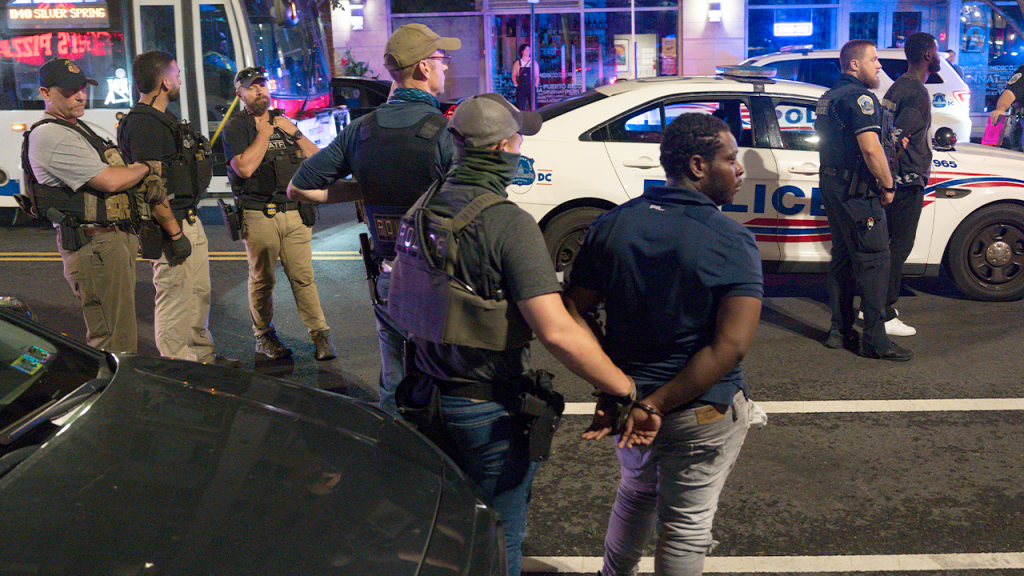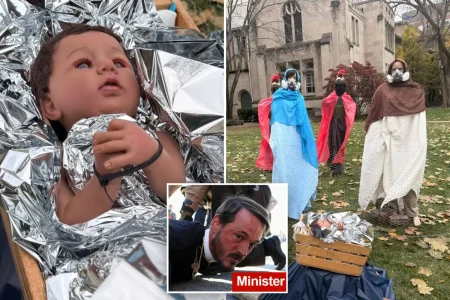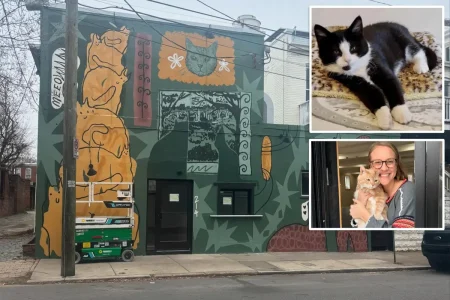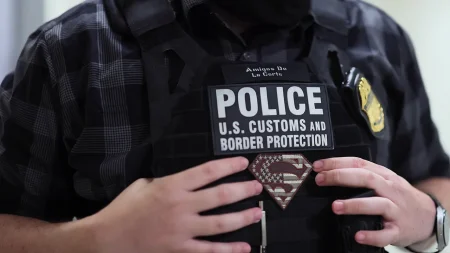Trump Claims D.C. Is “Crime Free” After Federal Intervention
In a bold proclamation on Truth Social, President Donald Trump has declared Washington, D.C. to be “crime free” just twelve days after invoking emergency powers to place the city’s police department under federal control. “DC IS NOW A CRIME FREE ZONE, IN JUST 12 DAYS!!!” Trump wrote in his characteristic all-caps style. This dramatic announcement follows his decision to invoke Section 740 of the District of Columbia Home Rule Act, effectively federalizing the Metropolitan Police Department (MPD) in response to what he characterized as a public safety crisis in the nation’s capital. The president’s intervention represents an unprecedented federal takeover of local law enforcement in recent American history, raising questions about the balance between federal authority and local governance in addressing urban crime issues.
The federal operation in D.C. has been substantial in both scope and resources. Trump deployed approximately 800 National Guard troops to the city, with 100-200 personnel on duty at any given time. Additionally, he reassigned federal agents from various agencies, including Immigration and Customs Enforcement (ICE), to patrol Washington’s streets. The president has been receiving daily updates on the operation, which he eagerly shared on social media. In one recent report from August 30, Trump highlighted 76 arrests and the seizure of five firearms in a single day. He specifically mentioned the apprehension of an alleged MS-13 gang member from El Salvador, two “drivers of violence” arrested on weapons charges, and individuals arrested for threatening federal officers, National Guard personnel, and the president himself, as well as a sexual assault arrest.
Early data suggests the federal intervention has produced measurable results in the short term. Within the first thirteen days of the operation, federal authorities reported approximately 550 arrests across the District. According to preliminary MPD data cited in Trump’s posts, robberies and auto break-ins decreased by roughly 40% during this period. By August 24, the aggregated data showed the operation had resulted in over 700 arrests and the seizure of 91 illegal firearms. These statistics reflect a substantial increase in enforcement activity compared to previous weeks, though crime experts generally caution against drawing firm conclusions about crime trends based on such short-term data, as crime statistics typically require longer observation periods to establish meaningful patterns.
The president’s declaration that D.C. is now “crime free” represents a significant overstatement that doesn’t align with the reality of urban crime dynamics. While the increased police presence and enforcement actions may have temporarily suppressed certain visible crimes, no major American city—including Washington—can realistically achieve a zero-crime status in less than two weeks. Crime patterns are influenced by complex socioeconomic factors, seasonal variations, and numerous other variables that extend beyond short-term enforcement surges. The dramatic characterization of D.C. as “crime free” appears designed to highlight the administration’s tough-on-crime approach rather than to provide an accurate assessment of the city’s public safety situation, which continues to face challenges despite the recent enforcement actions.
This federal intervention in D.C. has ignited significant debate about local governance and federal authority. Critics argue that the takeover undermines the principles of home rule and local democratic control that District residents have fought for decades to achieve. They question whether such interventions represent appropriate uses of federal power or potentially set concerning precedents for federal overreach into local affairs. Supporters, meanwhile, contend that the federal government has a responsibility to ensure public safety in the nation’s capital, particularly when local authorities are perceived as unable to effectively address crime concerns. This tension between federal authority and local control remains a central point of contention in evaluations of Trump’s actions in the District.
As this federal operation continues, questions remain about its long-term sustainability and effectiveness. While short-term surges in law enforcement presence can temporarily disrupt criminal activity, criminologists generally agree that sustainable crime reduction requires comprehensive approaches that address underlying social factors, not just increased arrests. The administration has not articulated a clear long-term strategy for maintaining any public safety improvements once federal resources are eventually withdrawn. Additionally, the impact of these operations on community-police relations remains to be fully assessed. As national discussions about policing approaches and criminal justice reform continue, the situation in Washington serves as a high-profile test case for aggressive federal intervention in urban crime issues, with implications that extend far beyond the District’s boundaries.











